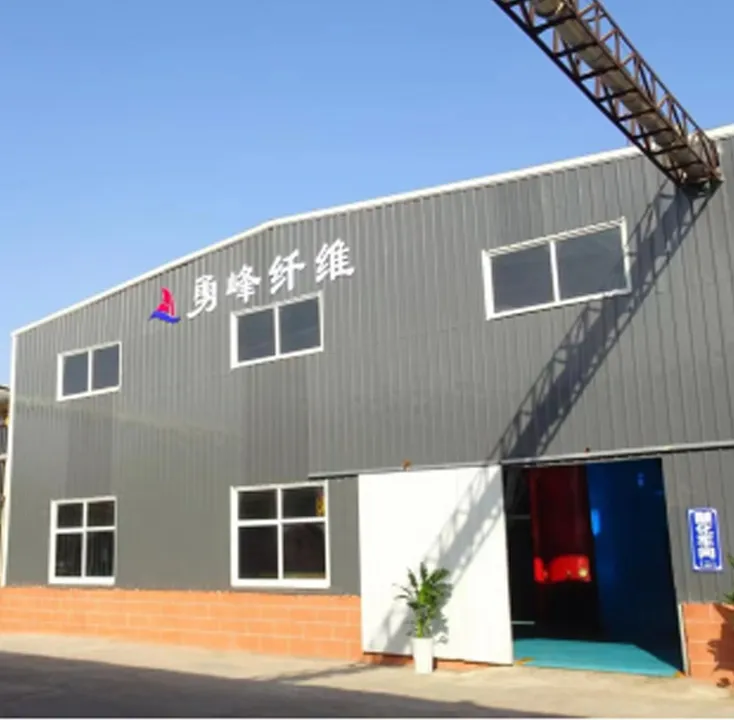Understanding HPMC A Key Player in the Chemical Industry
Hydroxypropyl Methylcellulose (HPMC) is a versatile cellulose ether derived from natural cellulose polysaccharides. Its exceptional properties make it a valuable ingredient in various industries, including pharmaceuticals, food, construction, and personal care products. HPMC has gained significant attention due to its multifunctional characteristics, leading to increased usage across diverse applications.
Chemical Structure and Properties
HPMC is created through the modification of cellulose, wherein hydroxypropyl and methyl groups are introduced to the cellulose structure. This modification enhances the solubility of cellulose in water, producing a white to off-white powder that is odorless and tasteless. Its solubility in water varies based on the degree of modification—HPMC can be soluble in cold water or provides a gel-like consistency when mixed with hot water.
One of the standout features of HPMC is its ability to form viscous solutions, even at low concentrations. This viscosity makes HPMC an excellent thickening agent in many applications. Moreover, it is non-ionic, which means it does not carry an electric charge and does not react with other ionic compounds, making it a stable choice in various formulations.
Applications in the Pharmaceutical Industry
In the pharmaceutical sector, HPMC is widely used as an excipient in the formulation of tablets, capsules, and other drug delivery systems. Its properties allow it to function as a binder, film-forming agent, and controlled-release agent. As a binder, HPMC helps to hold the ingredients of a tablet together, ensuring structural integrity and improved handling during processing. As a film-former, it is often used to create protective coatings for tablets that enhance patient compliance and mask unpleasant tastes.
Moreover, HPMC's controlled-release properties facilitate the gradual release of drugs into the bloodstream, improving the therapeutic effect of medications. This property is especially important for chronic conditions where maintaining a stable drug concentration is crucial.
hpmc chemical

Role in Food Industry
HPMC is also prominently featured in the food industry. It serves as a food additive that acts as a thickening, emulsifying, and stabilizing agent. Its ability to retain moisture makes it beneficial in the production of low-fat and gluten-free food products, enhancing their texture and preventing spoilage. In baking, HPMC can improve the volume and shelf life of bread and pastries by providing a desirable crumb texture.
As a plant-based ingredient, HPMC is appealing to consumers seeking clean-label products, aligning with the growing trend toward healthier and more sustainable eating habits. Its versatility allows for its use in sauces, dressings, dairy products, and even as an alternative to gelatin in vegetarian and vegan recipes.
Applications in Construction and Personal Care
Beyond pharmaceuticals and food, HPMC finds applications in the construction industry, where it is used as an additive in cement and mortar mixtures. Its water-retention properties improve workability and bonding strength, leading to better performance of building materials. HPMC also serves as a thickener in paints and coatings, enhancing their consistency and application performance.
In personal care, HPMC is found in a wide range of products including lotions, creams, and shampoos. It acts as a thickening agent and emulsifier, helping to stabilize formulations and improve the sensory experience for consumers. Its mild nature makes it suitable for sensitive skin products, further emphasizing its versatility.
Conclusion
HPMC is undoubtedly a pivotal ingredient across many industries, thanks to its multifunctional properties. Its ability to adapt to various formulations makes it indispensable in pharmaceutical applications, food production, construction, and personal care products. As trends toward natural and clean-label ingredients continue to rise, the demand for HPMC is expected to grow, solidifying its position as a key player in the chemical industry for years to come.
-
The Versatility of Industrial Additives: Mhec, Hpmc, And Wall Putty SolutionsNewsMar.28,2025
-
The Importance of HPMC in Modern IndustriesNewsMar.28,2025
-
Partnering with Reliable Manufacturers for Optimal ResultsNewsMar.28,2025
-
Enhancing Construction Performance with Redispersible Polymer PowdersNewsMar.28,2025
-
Enhancing Construction and Household Products with Advanced AdditivesNewsMar.28,2025
-
Building Strong Foundations with Key Construction MaterialsNewsMar.28,2025






